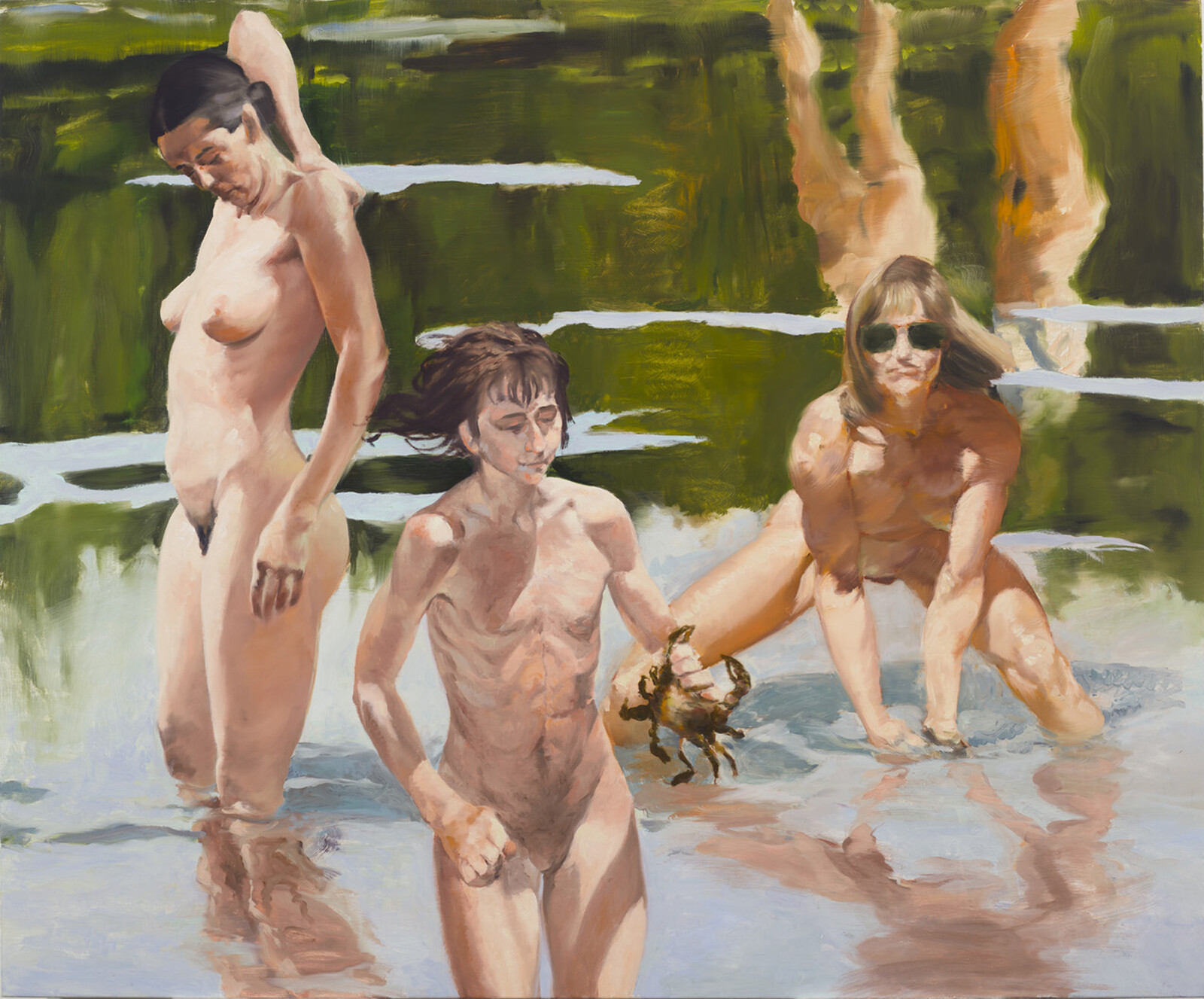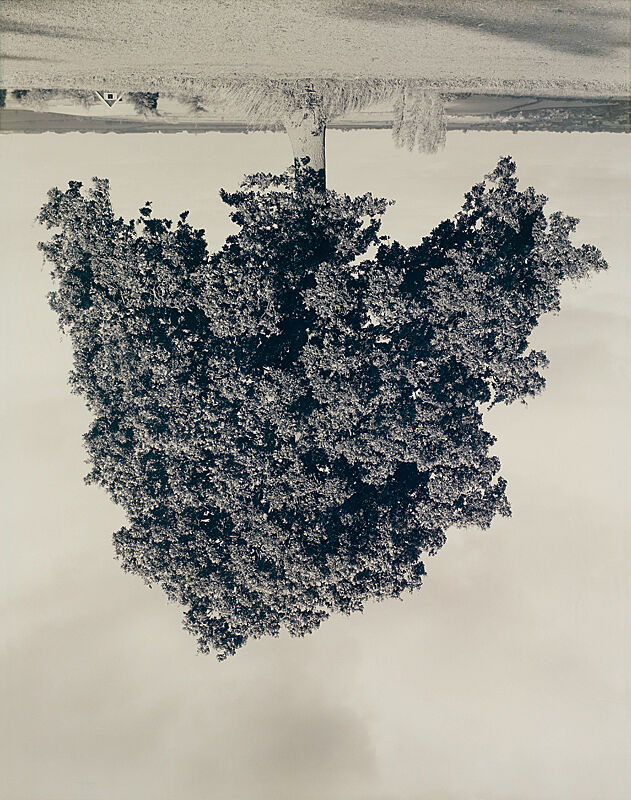Eric Fischl, Emptying of the Estuary, 1993
Mar 3, 2011
0:00
Eric Fischl, Emptying of the Estuary, 1993
0:00
Narrator: Eric Fischl explores the human figure in psychologically charged narratives, set in America’s suburban landscape. The composition of this canvas makes reference to the art historical trope of the “three graces”—nude representations of women representing beauty, youth, and femininity. But in Fischl’s update, the figures are oddly out of harmony with one another. Fischl discusses the three figures at its center:
Eric Fischl: With the adult women, I’m looking at two very different body types, and in the child, I’m looking at a young innocent who has picked up a crab, which she is both fascinated by and freaked out by. And so she seems to be at a moment of some kind of discovery, I guess.
And the other woman in the sunglasses is a new kind of woman. She’s clearly somebody that takes great pride in the strength and athleticism of her body. Whereas the other one, standing sort of very languid and sensual, is sort an older form of the female.
And it’s set in an estuary, which is a confluence at the end of a river before it joins the ocean or a larger mass of water. So its both a filtering system and it’s a transitional space, metaphorically.
I’ve found that I respond to body language. Even when I use models, I never tell a model what to do. Whether they’re centered, off balance, comfortable, uncomfortable, you know, all of those things are emanations from the body. And they’re provocative for me in terms of generating memories and situations and connecting to feelings.
Narrator: When Fischl came on the art scene in the late 1970s, critical response was mixed. Critics aligned with conceptual art, who thought painting was regressive, objected to his embrace of figurative painting. But painting was on the rise in the 1980s, and there were many artists and critics who welcomed Fischl’s dark, psychologically complex tableaux.


